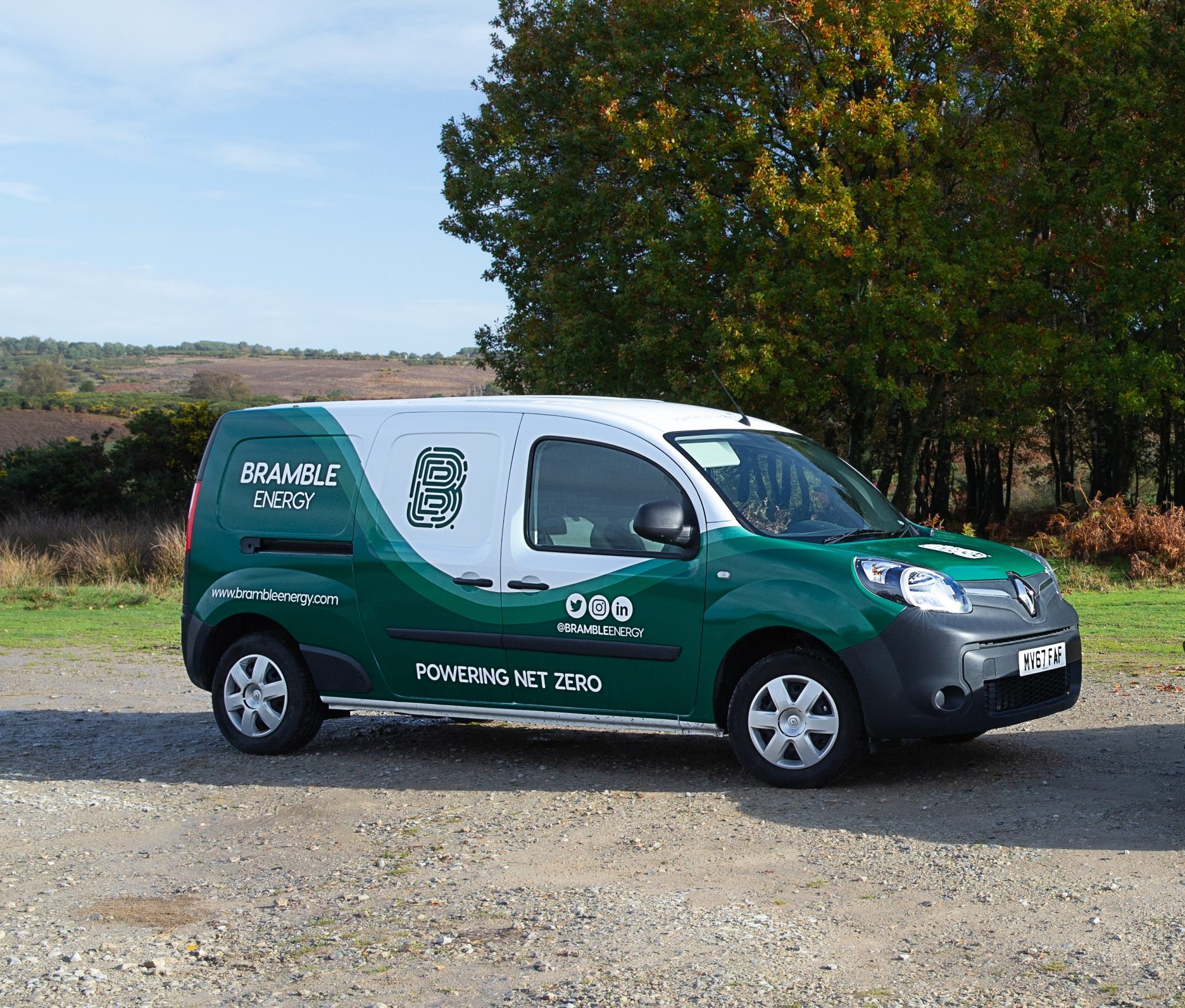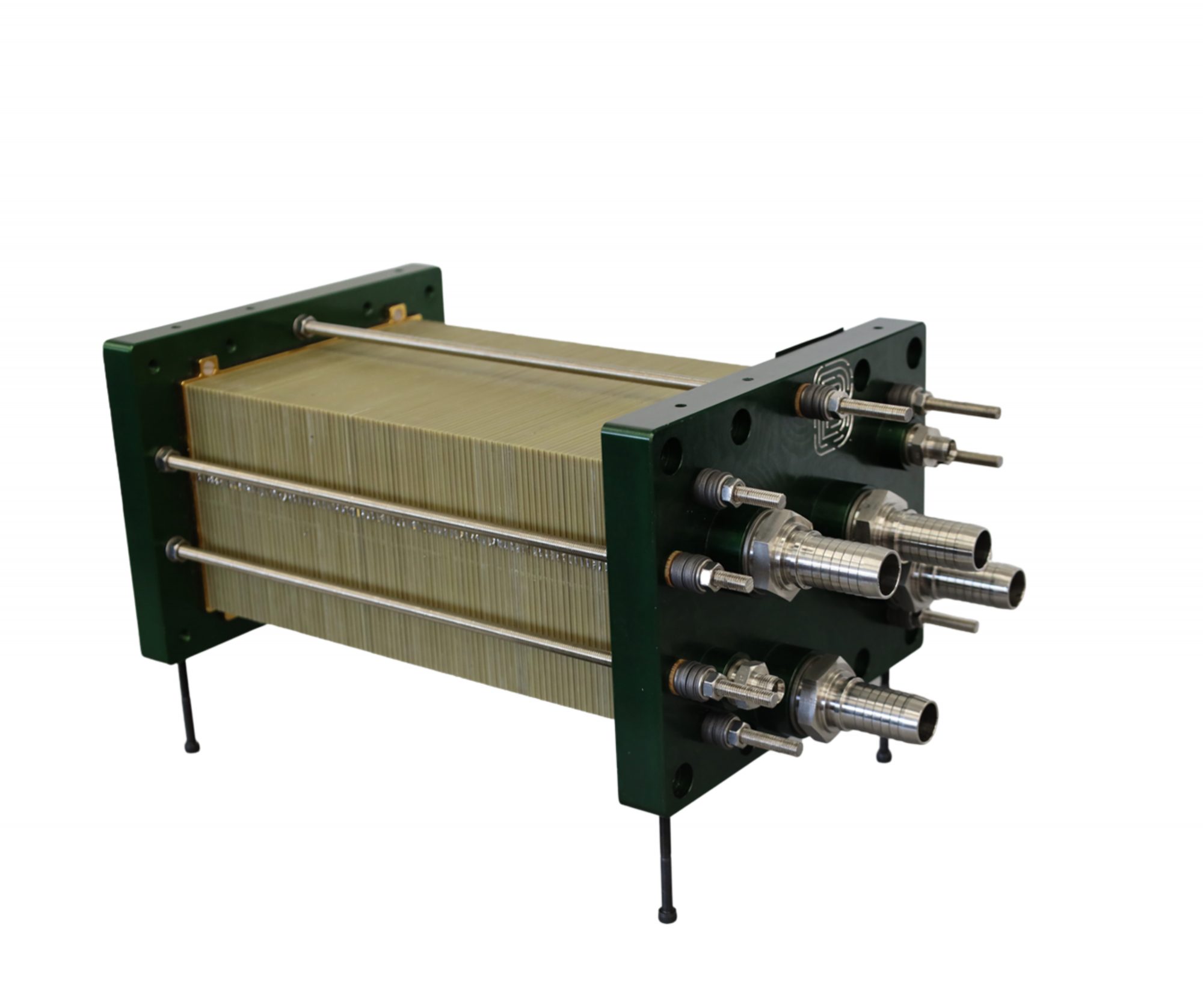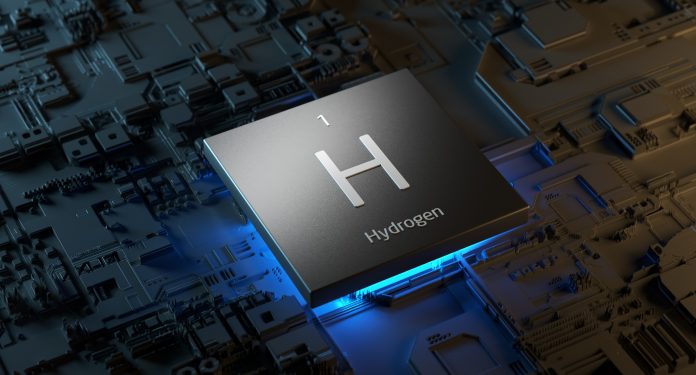Swiss inventor Francois Isaac de Rivaz created the world’s first internal combustion engine vehicle powered by hydrogen in 1807. Yet, hydrogen fuel cells have not become part of the mainstream fuel mix in mobility circles
While there has been plenty of talk and hype around hydrogen as a sustainable alternative fuel that can help to decarbonise entire sectors of society, and in spite of it being the world’s most abundantly available element, H2 continues to be underutilised. Incumbent fuels such as petroleum and diesel remain stubbornly popular, while clean mobility alternatives appear to trend towards electric vehicles powered by lithium batteries.
If the UK is to decarbonise to net zero by 2050, hydrogen as a transportation fuel needs to be taken more seriously. The technology is proven, and with more and more successful projects being deployed every year, the time has come for the country to embolden its commitment to building the infrastructure needed to embrace hydrogen-powered mobility.
Hydrogen fuel cells continue to prove their worth
The key to getting started is generating widespread awareness of the basic benefits we know hydrogen fuel cells can deliver.
First and foremost, they are sustainable. A zero emissions solution from point of use, hydrogen fuel cells offers high energy density and a longer range than typical lithium batteries that are commonplace in today’s electric vehicles.

They are also practical, requiring low maintenance and a fuelling time in line with filling up a regular petrol or diesel vehicle.
This potential is at least starting to be realised. In Aberdeen, for so long the country’s corporate capital of oil and gas, the world’s first hydrogen-powered double-decker buses are transporting citizens and visitors around the city. The fleet of 10 buses travelled more than 730,000 kilometres in their first year, operating six days a week at 90% availability. And away from roads, hydrogen fuel cells are powering other forms of transport. From hydrogen-powered trains at COP26 to the integration of fuel cells into marine vessels and aeroplanes – there is plenty to be optimistic about.
Overcoming limitations with PCBFC™
While these projects represent cause for optimism, there is a consensus that hydrogen technologies are not ready to be deployed at a genuine scale, with scepticism centring around a few key areas.
First, the manufacturing and supply chain processes involved in producing hydrogen fuel cells are complex and result in long turnaround times. Additionally, they require the establishment of bespoke, new factories with a sizeable environmental footprint.
Another crucial topic is storage. Hydrogen fuel requires high pressures, low temperatures, or chemical processes to be stored compactly, and overcoming this challenge is particularly important for light-duty vehicles because they often have limited size and weight capacity to carry fuel.

Bramble is on a mission to drive transformational change in the energy sector. The PCB-X platform bridges the gap between the current production of clean energy technology and its application to create viable clean energy and accelerate global decarbonisation.
Under this platform, Bramble Energy has developed the unique, patented printed circuit board (PCB) fuel cell that overcomes these issues. Completely customised fuel cells can be created within 30 days, empowering unlimited applications.
Known as the PCBFC™, it utilises existing and cost-effective production methods and materials from the well-established PCB industry, reducing cost and complexity in manufacturing hydrogen fuel cells. Unlike traditional electrochemical device manufacturers, we use a digitally tooled manufacturing process that allows for a rapidly adaptable form factor – this greatly reduces the cost, complexity and time to market involved with producing hydrogen fuel cells.
We have also reduced weight by eliminating the need for separate sealing materials and lowering the number of components needed, without negatively impacting build quality or performance.
Last year, in partnership with MAHLE Powertrain, we launched a phase 1 demonstrator in the form of a Renault Kangoo ZE light commercial delivery vehicle. It incorporates a 5 kW Bramble Energy fuel cell integrated into the powertrain, with phase 2 currently focusing on creating a higher power output solution and increased overall efficiency.
Infrastructure – the greatest barrier to entry
Bramble Energy is confident we have a sustainable, cost-effective and scalable solution due to its ability to tap into existing and well-established manufacturing processes.
From our perspective, the biggest obstacle in front of us is a serious government and industrial buy-in to develop the infrastructure needed to embrace hydrogen as a transportation fuel properly.
The UK is already well advanced in terms of renewable energy generation. This could be leveraged to produce zero-carbon hydrogen.
Whether the hydrogen is produced here or imported from abroad (North Africa looks a likely bet), the country also needs to greatly expand storage and fuelling infrastructure to make mass adoption viable. Without it, there is little prospect of hydrogen-based mobility taking off.
The time to get serious about hydrogen is now. Unless some bold action is taken, the UK risks drifting towards its 2050 net zero target with scant chance of achieving it.

This work is licensed under Creative Commons Attribution-NonCommercial-NoDerivatives 4.0 International.











